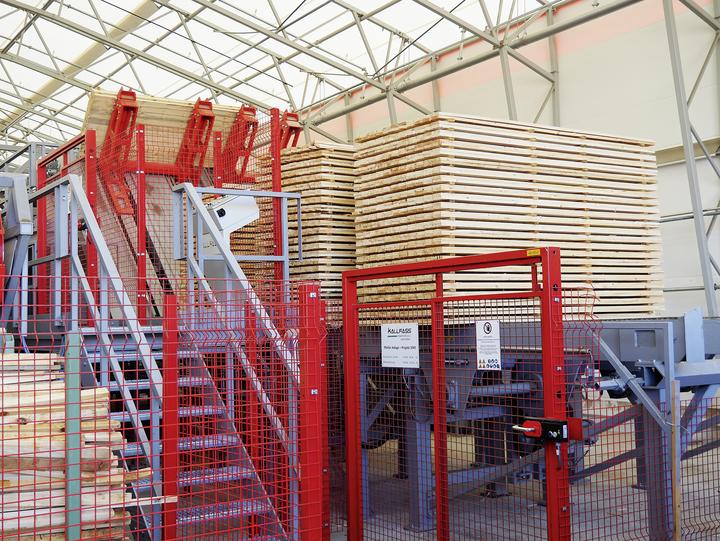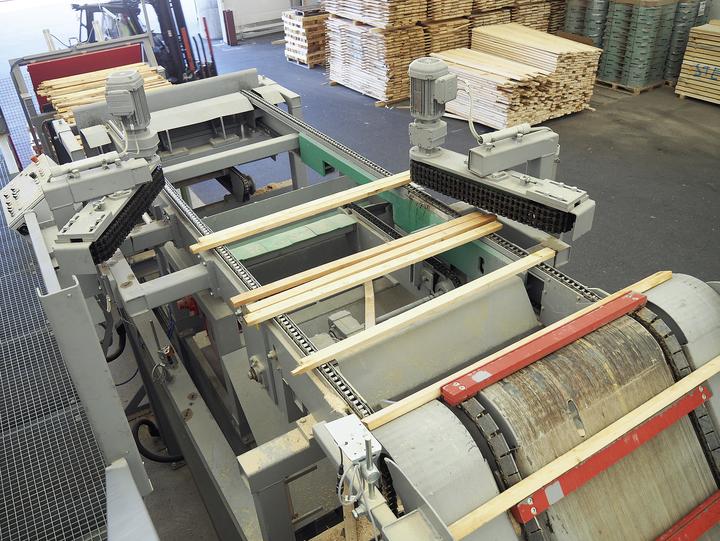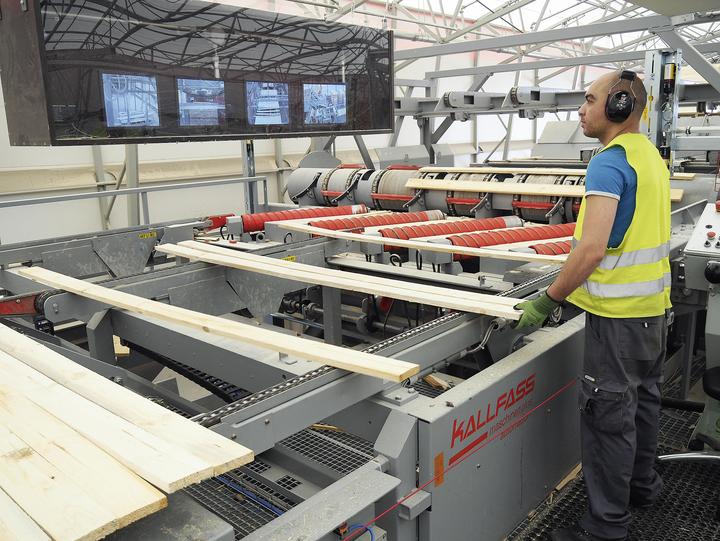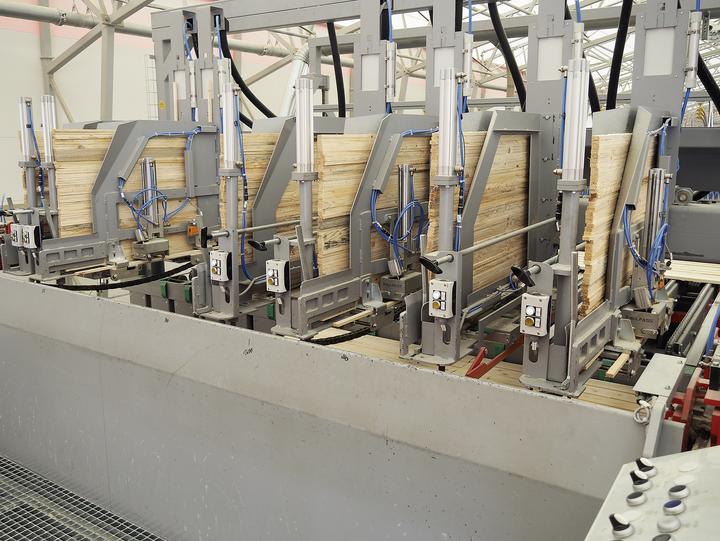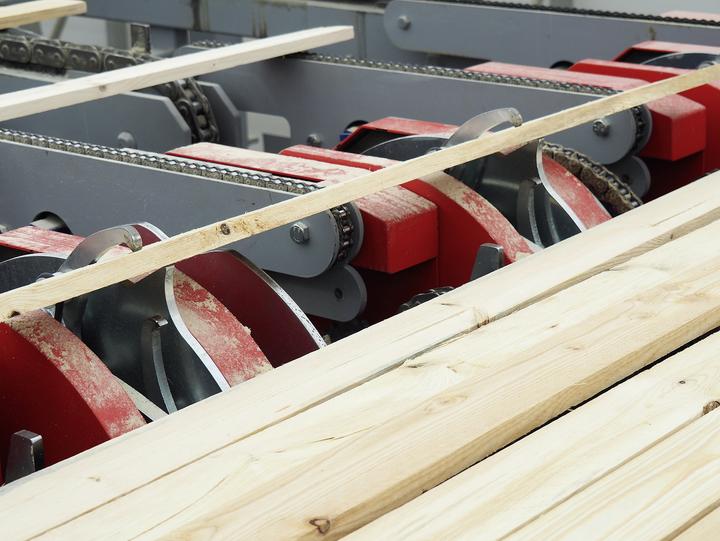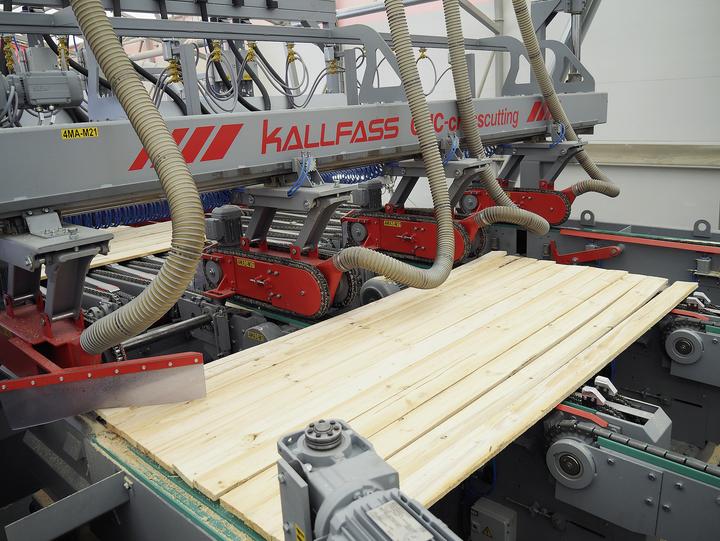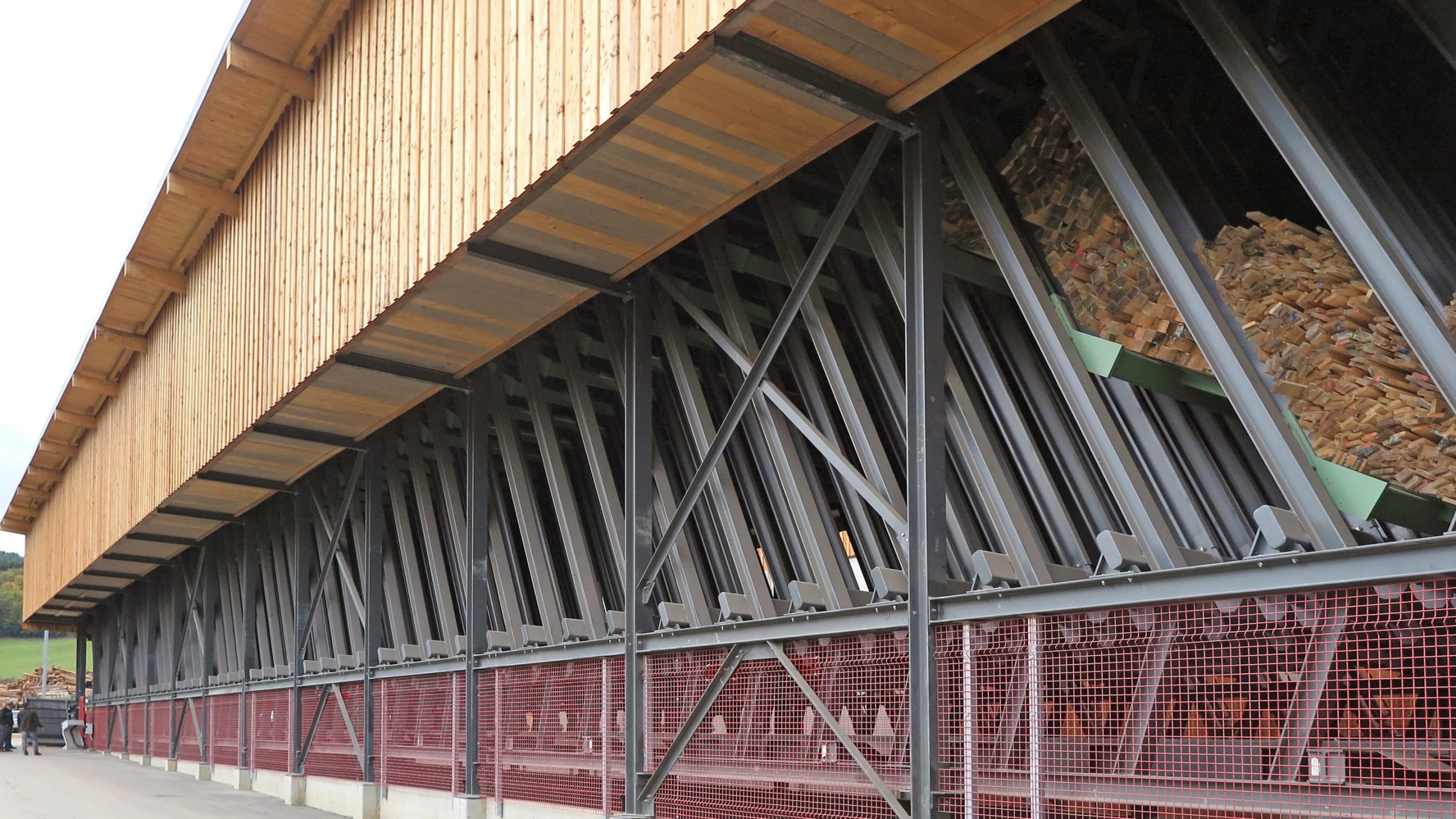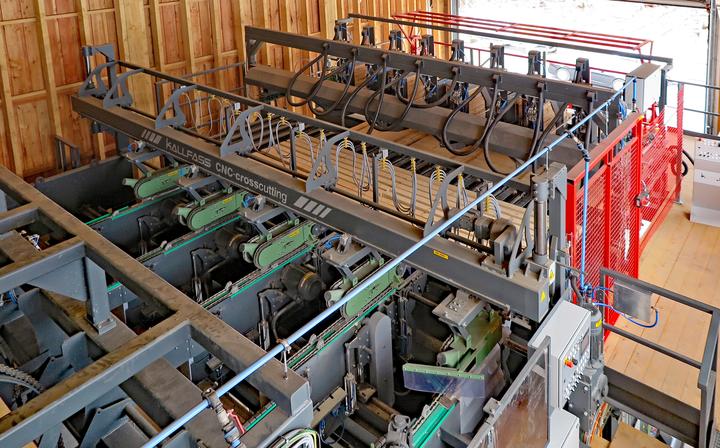The Pfeifer sawmill in Uelzen has been in business for almost 30 years and, while timber production was originally around 200,000 cubic metres p.a., the anticipated volume this year is 500,000 m³. This enormous increase over the years means that bottlenecks are experienced at a variety of production stages. One of these was remedied around the turn of the year 2018/19.
The Pfeifer Group sawmill in Uelzen/DE is primarily involved in the production of packaging material and timber. “We’re a completely integrated location, utilising every product created at the site”, stresses site manager Marco De Gennaro in reference to the associated block production and CHP plant. Timber production has more than doubled since the mill was commissioned in 1991. The target volume for 2019 is 500,000 m³. The Pfeifer Group invests constantly to maintain its state-of-the-art technological capability and continuously enhance performance. A further step in this direction was taken in the autumn of 2018 when Kallfass (Baiersbronn/DE), specialists for mechanisation, installed a new sorting system for dry material. A re-sorting plant was already in operation Uelzen, but this had reached the limits of its performance. “We liked the Kallfass concept very much, and the company had proven to be a good partner”, explained De Gennaro. The new system is designed for a volume of 90,000 m³/p.a. “All our dry timber will run through this line in future”, says the site manager. He is particularly satisfied with the millimetre precision with which boards from 600 mm in length are cut, a point he emphasised in our discussion.
